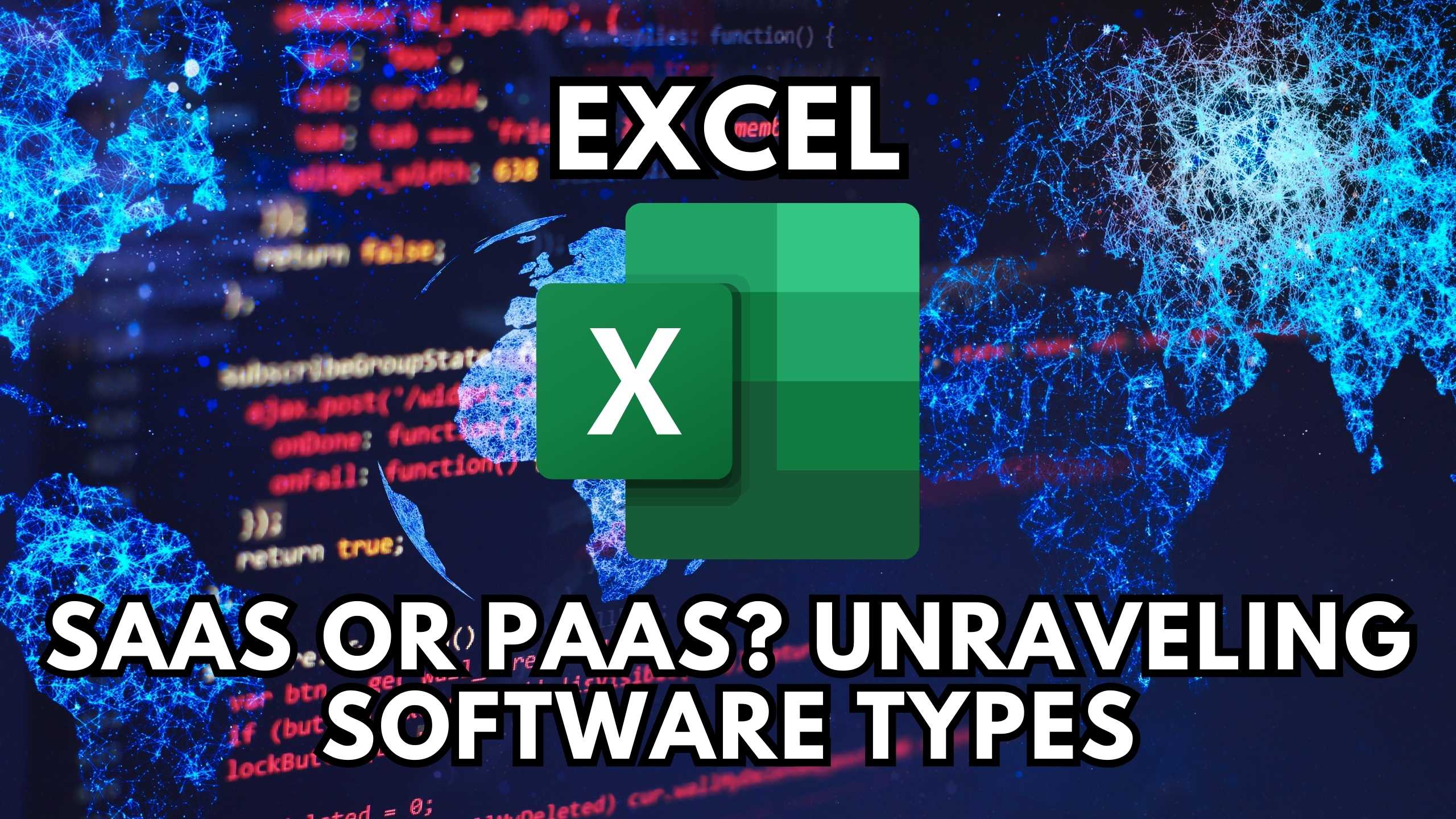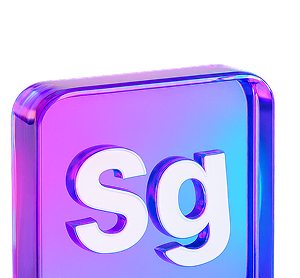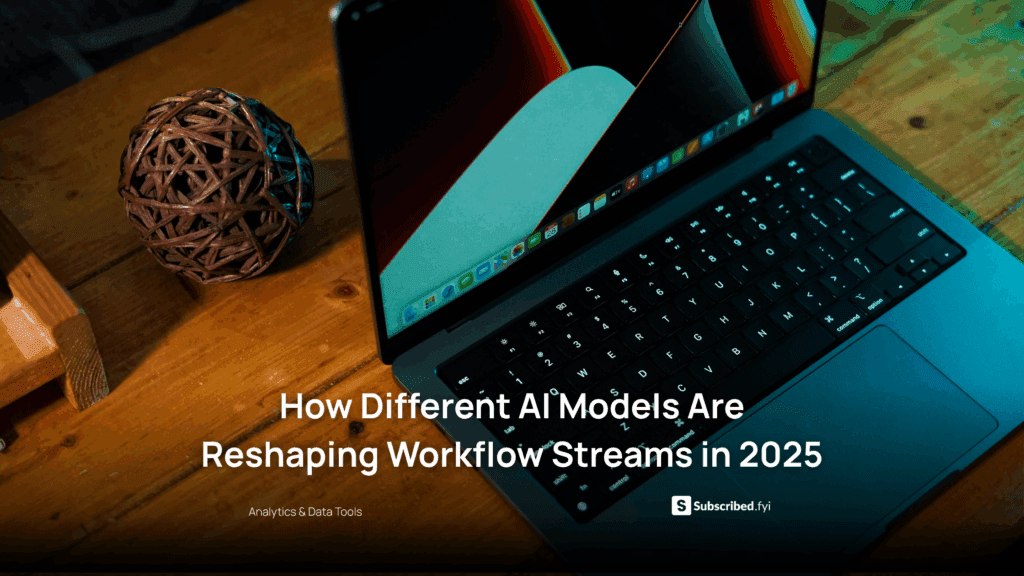Excel: SaaS or PaaS? Unraveling Software Types
- Expense Management Software Credit Cards Investing Business Solutions


Excel: SaaS or PaaS? Unraveling Software Types
When it comes to software, the distinctions between Software as a Service (SaaS) and Platform as a Service (PaaS) are crucial for understanding how applications operate and serve users. In this exploration, we unravel the intricacies of these software types, shedding light on Excel and its classification within the SaaS and PaaS landscapes.
Decoding SaaS: Software as a Service
Characteristics of SaaS
SaaS is a software distribution model where applications are hosted by a third-party provider and made available to customers over the internet. In the realm of SaaS, the software is centrally hosted, and users access it through a web browser, eliminating the need for local installations.
SaaS Relevance in Productivity Tools
SaaS products relevant to productivity tools, like Excel, include:
- Microsoft 365: Microsoft 365 offers a suite of productivity tools, including Excel, as a subscription-based service. It ensures users always have access to the latest features and updates, promoting collaborative and efficient work environments.
- Google Workspace: Google Workspace provides cloud-based productivity tools, allowing users to collaborate in real-time on documents, spreadsheets, and presentations. Its SaaS nature enhances accessibility and collaboration across diverse teams.
Exploring PaaS: Platform as a Service
Key Aspects of PaaS
PaaS provides a platform allowing customers to develop, run, and manage applications without dealing with the complexities of building and maintaining the underlying infrastructure. It empowers developers by providing a platform where they can focus on creating applications rather than managing hardware and software infrastructure.
PaaS in Development Environments
While Excel doesn’t fit the PaaS model, relevant PaaS products for development environments include:
- Heroku: Heroku is a cloud platform that enables developers to deploy, manage, and scale applications effortlessly. It abstracts infrastructure management, allowing developers to focus solely on building and deploying their applications.
- AWS Elastic Beanstalk: AWS Elastic Beanstalk is a fully managed service that simplifies application deployment and management. It provides a PaaS environment, allowing developers to focus on writing code while AWS takes care of the underlying infrastructure.
Excel: SaaS or PaaS?
Excel, as a standalone application, aligns more closely with the SaaS model. Microsoft Excel is part of the Microsoft 365 suite, delivered as a service, and accessible through the cloud. Users can access Excel’s powerful spreadsheet capabilities without concerns about infrastructure or local installations.
Conclusion: Navigating Software Landscapes
Understanding the distinctions between SaaS and PaaS is crucial for both end-users and developers. Whether you’re leveraging SaaS like Excel for productivity or exploring PaaS for application development, grasping these software types is pivotal in navigating the evolving landscape of digital tools.
Unlock the Power of Software with Subscribed.fyi
Empower your software journey with Subscribed.fyi, the ultimate platform for understanding, comparing, and managing your SaaS stack. Sign up today to access exclusive deals, streamline subscription management, and gain insights that will revolutionize how you harness the power of software tools.
Relevant Links:











